Techniques for Speech and Language
One of the main goal areas targeted by Neurologic Music Therapy (NMT) techniques is speech and language. Speech and language goals may include to improve muscular control of the speech and respiratory apparatus; to improve articulation; to improve initiation of speech sounds; to stimulate speech production; to improve pitch, inflection, breath control, or volume; and to improve speech intelligibility. There are several NMT techniques to address these goal areas, and I will share a short summary of each of them and how they may be used:
Developmental Speech and Language Training through Music (DSLM) – the use of developmentally-appropriate musical materials and experiences to enhance speech and language development. This technique is appropriate for clients who have little to no functional language, children with autism, and children with disabilities that have a severe impact on language.
Melodic Intonation Therapy (MIT) – a three-level approach to improve fluent output of language for clients with severe Broca’s aphasia.
Musical Speech Stimulation (MUSTIM) – the use of musical materials (like songs, rhymes, and chants) to stimulate non propositional speech. This may be done by having clients with aphasia or any speech disorder filling in the blank at the end of a phrase.
Oral Motor and Respiratory Exercises (OMREX) – sound vocalization exercises and wind instrument playing to work on strength and coordination in making speech sounds. This technique is appropriate for clients with apraxia, cerebral palsy, and people with respiratory problems.
Rhythmic Speech Cueing (RSC) – the use of metric or patterned rhythmic cues to control speech rate, and to facilitate initiation of speech. This technique is appropriate for clients with apraxia, dysarthria, and fluency disorders.
Symbolic Communication Training through Music (SYCOM) – the use of structured experiences in instrumental or vocal improvisation to train communication behavior. This technique is appropriate for clients who may not develop speech, but could still master or re-gain language concepts.
Therapeutic Singing (TS) – singing activities to practice speech articulation and improve respiratory function. This technique is appropriate for clients with apraxia, dysarthria, and medical conditions.
Vocal Intonation Therapy (VIT) – controlled singing and other vocal control exercises to improve inflection, pitch, breath control, vocal timbre, and volume. This technique is appropriate for clients with voice disorders, medical conditions, and dysarthria.
-Nerissa





top-prop.com
It is really a nice and helpful piece of information.
I am satisfied that you just shared this helpful information with us.
Please keep us up to date like this. Thanks for sharing.
Mehedi
I spent a great deal of time to find something such as
this
mama bear shirt floral
Perfectly written subject material , thanks for selective information .
mama bear t shirt
Thanks for finally writing about >Techniques for Speech and Language – The Music Therapy Center <Liked it!